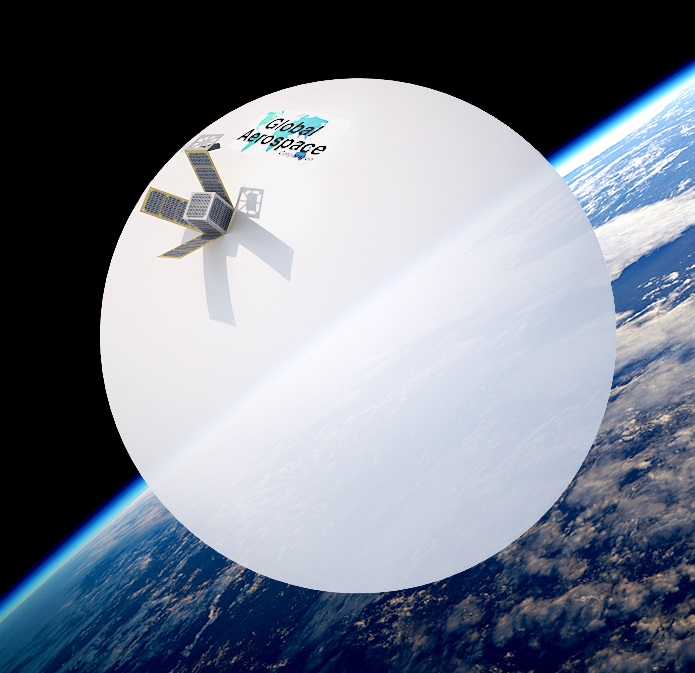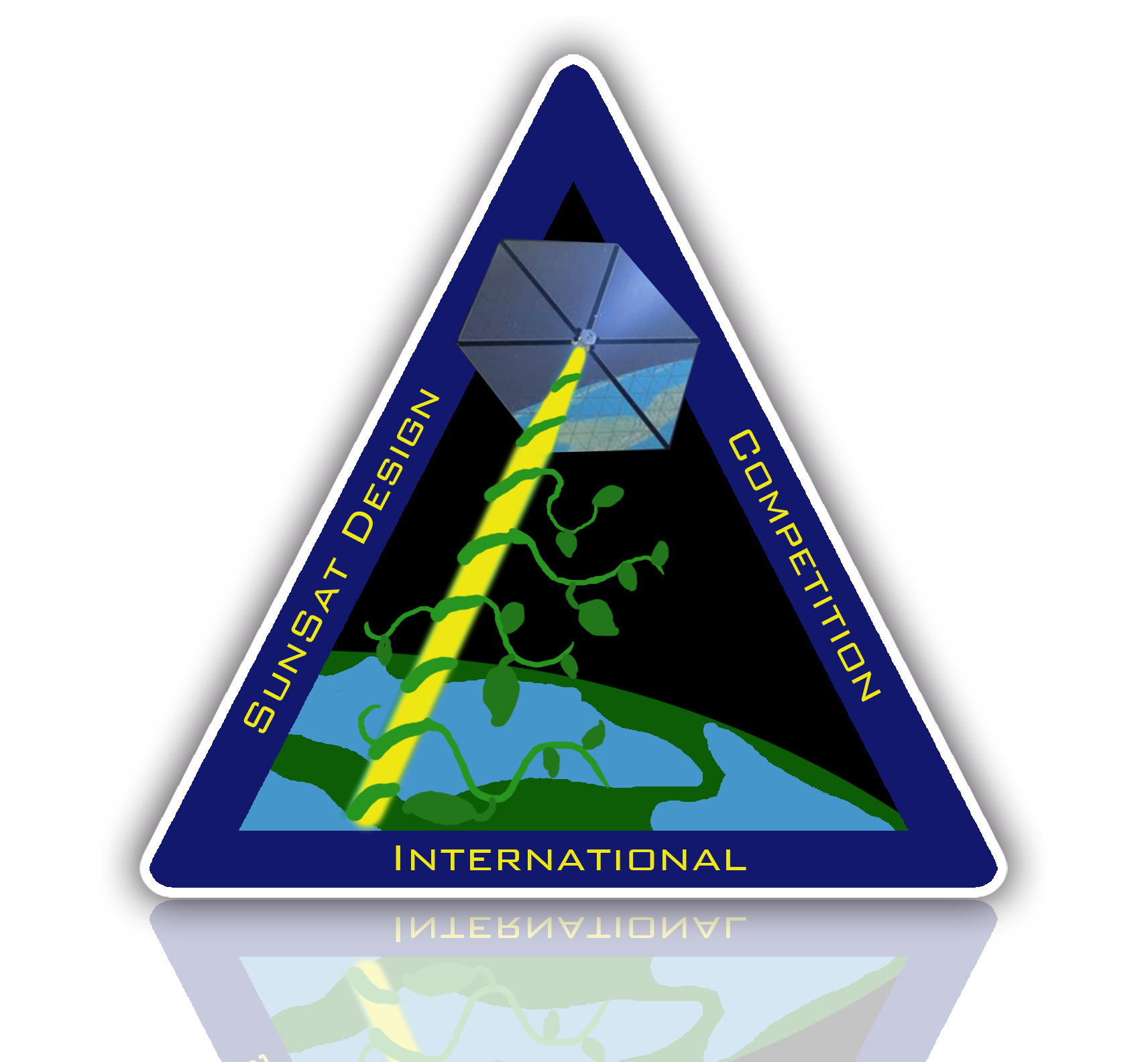Embedded Teeacher Wksp 2022-23
LEO Art Challenge Workshop
ICE 2019: Satellite Tracking, Orbits, and Modeling
SEEC 2019: Satellite Tracking, Orbits, and Modeling
Workshop:ITEC Trek-a-Sat
Workshop: 2018-01-27 Yerkes
Workshop: 2017-10-28 Carthage-Yerkes Electrostatics in Space
Workshop: 2017-06-29-BTCI-Life in Space!
Workshop: 2017-03-11 Yerkes
Workshop: 2017-02-07 SEEC
Workshop: 2017-01-28 Yerkes
Tools You Might Use
Educational Learning
Standards
Documentation
SpacEdge Centers for Educational Excellence (SECEE)
The National Space Society's educational arm hosts the SpacEdge Centers for Educational Excellence (SECEE) through the SpacEdge Academy which is also a repository for lessons, activities, and resources for K - University. The Centers for SECEE pairs industries and universities with students for cutting edge opportunities in the space industry. The SECEE is interested in collaborating with partners to expand the breadth of opportunities.
Aerospace additive manufacturing (AM), also known as 3D printing, is one of the most active areas of 3D printing right now, with a number of companies producing unique components for use here on Earth and in space. For Enterprise In Space (EIS), work dedicated to AM in space is of particular importance, as it will help humanity further explore and, eventually, inhabit the cosmos. Currently, on the International Space Station (ISS), there are two 3D printers installed by EIS partner Made In Space. The Additive Manufacturing Facility (AMF) is dedicated to commercial projects and will be used for EIS' Print the Future Competition.

Orbital Debris Mitigation and Remediation
Dr. Kerry Nock
Global Aerospace Corporation
Orbital debris is a growing concern due to the continuous and rapid accumulation of objects in space, including expended satellites, satellite or launch vehicle components, and fragments resulting from the collision between space objects. The number of significant satellite breakup events has averaged about four per year and the cataloged debris population (10 cm in size or larger) has increased at a nearly constant linear rate of 200 objects per year since the beginning of the space age.
- Manager: Zoha Imam
- Manager: Kerry Nock
- Manager: Ari Porter
- Manager: Delight Jessica Agboada
- Manager: Lorna Jean Edmonds
- Manager: Zoha Imam

Space Solar Power (SSP) is also known as Space-Based Solar Power (SBSP) and sometimes shortened to just Space Solar. It always involves some form of Solar Power Satellite (SPS) sometimes called a 'powersat'. The general principle is collecting solar energy in space and delivering it to earth. There are early mentions hinting at SSP from science fiction but the first significant design work was done by Peter Glaser in the last 1960s and includes a US patent. A large study was sponsored by NASA in the last 1970s, and there were additional studies in the 1990s and early 2000s. A great deal of publications on SSP exist and there is a very wide diversity of configurations, which are called 'architectures'. Two broad areas for design are: (1) what orbit is used; and (2) how the power is transferred. Low Earth Orbits pass overhead quickly and are in earth's shadow half the time so powersats in this orbit sometimes come in 'trains'. Geostationary Earth Orbit (GEO) is popular because powersats orbit the globe at the same angular rate as it spins, so an earth-bound observer perceives the powersat to be fixed in the sky - this is a big plus for many communications satellites. Some architects have proposed gathering sunlight on the Moon, where the power beaming back to earth is a very long distance (10 times that of GEO) and has many logistical complexities. The most common configuration is GEO using phased array antennas to send a beam of microwaves (we often say say 'low-density radio waves' to avoid panic from lay persons - it is technically correct) to a receiving antenna (portmanteau = 'rectenna', plural 'rectennae') on earth. Space-to-space power beaming is also envisioned, and these schemes sometimes propose lasers, which are converted to useful electricity with solar panels. This archive is intended to capture a broad range of architectures and technologies and studies of Space Solar for educational purposes, and in the hopes it will inspire innovation by students whose ideas will help to realize the great promise of SSP: clean, renewable, baseload power for all mankind.
- Teacher: Richard Anderson III
- Teacher: Nderitu Jonathan R
- Teacher: Jafari Maymanat M
- Teacher: Nathan McIntyre
- Teacher: Peter Schubert

A University Student & Citizen-Scientist Contest of the
National Space Society (NSS) Space Health and Medicine Committee
in Cooperation with Mars-Moon Astronautics Academy & Research Science (MMAARS)
Theme (unchanged): Tell us how you would employ food, nutrition and fasting to prepare for Long Duration Spaceflight by addressing Insulin Resistance
"Let us stand together with renewed confidence in our cause --united in our heritage of the past and our hopes for the future-- and determine that this land we love shall lead all mankind to new frontiers of peace and abundance." - text of a speech prepared for President Kennedy's delivery planned for a banquet in Austin, Texas on the evening of November 22, 1963
- Manager: WILLIAM GARDINER
- Teacher: Bill Gardiner
- Teacher: Sandra Worthington
